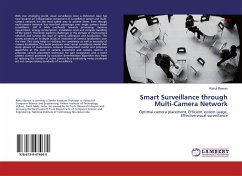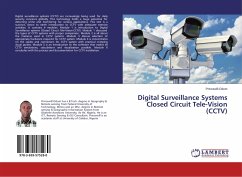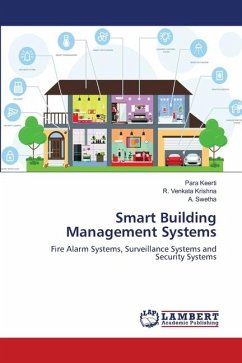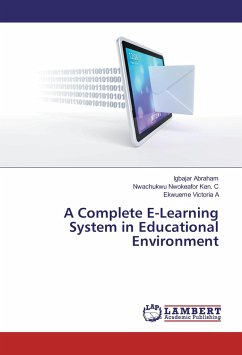With ever changing world, visual surveillance once a distinctive issue has now became an indispensable component of surveillance system and multi-camera network are the most suited way to achieve them. Even though multi-camera network has manifold advantage over single camera based surveillance, still it adds overheads towards processing, memory requirement, energy consumption, installation costs and complex handling of the system. This book explores challenges in the domain of multi-camera network and surveys the issue of camera calibration and localization. The survey presents an in-depth study of evolution of camera localization over the time. This study helps in realizing the complexity as well as necessity of camera localization.This book proposes smart visual surveillance model that study phases of multi-camera network development model and proposes algorithms at the level of camera placement and camera control. It proposes camera placement technique for gait recognition and a smart camera control governed by occlusion determination algorithm that leads to reducing the number of active camera thus eradicating many overheads yet not compromising standards of surveillance.








